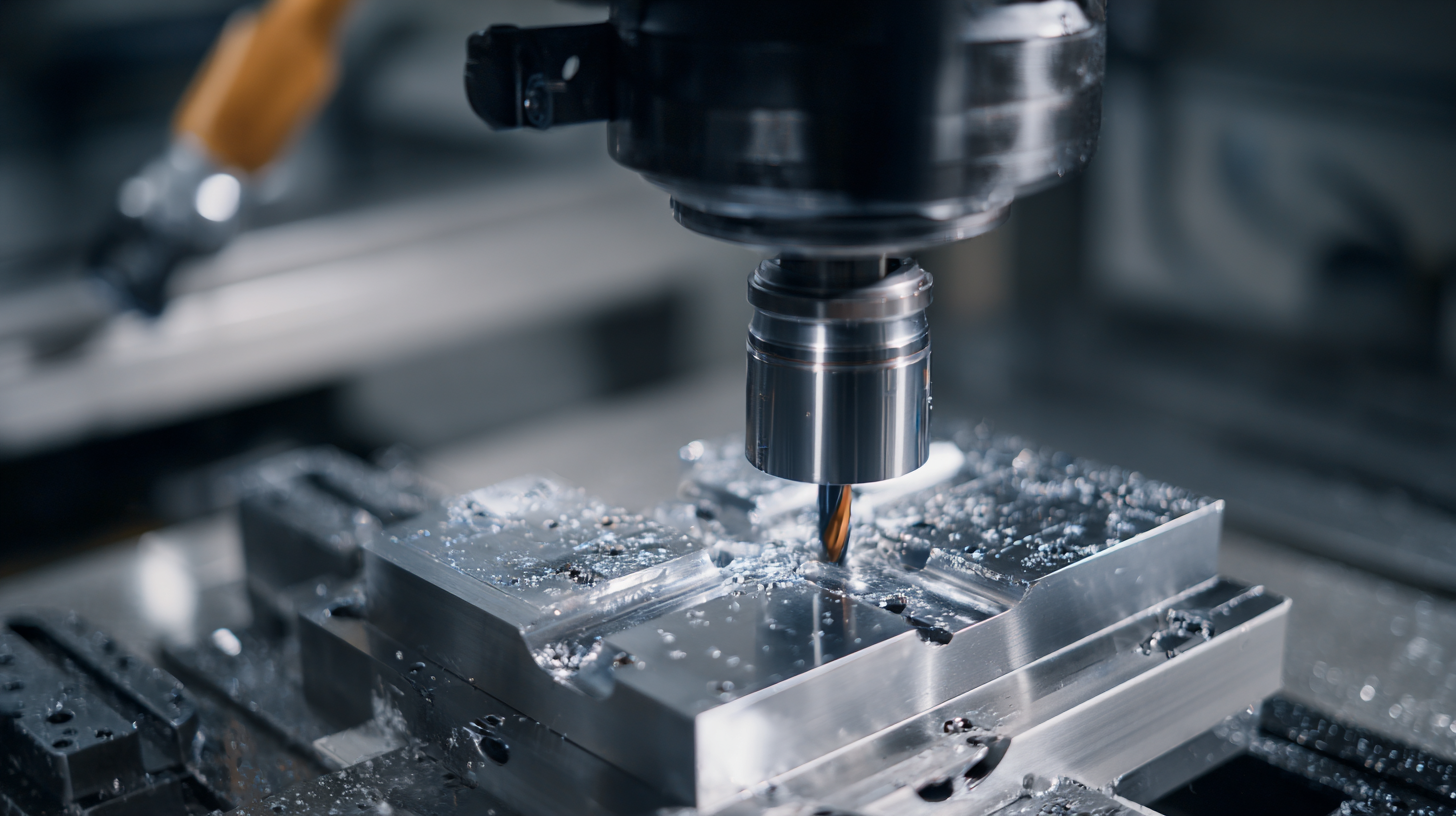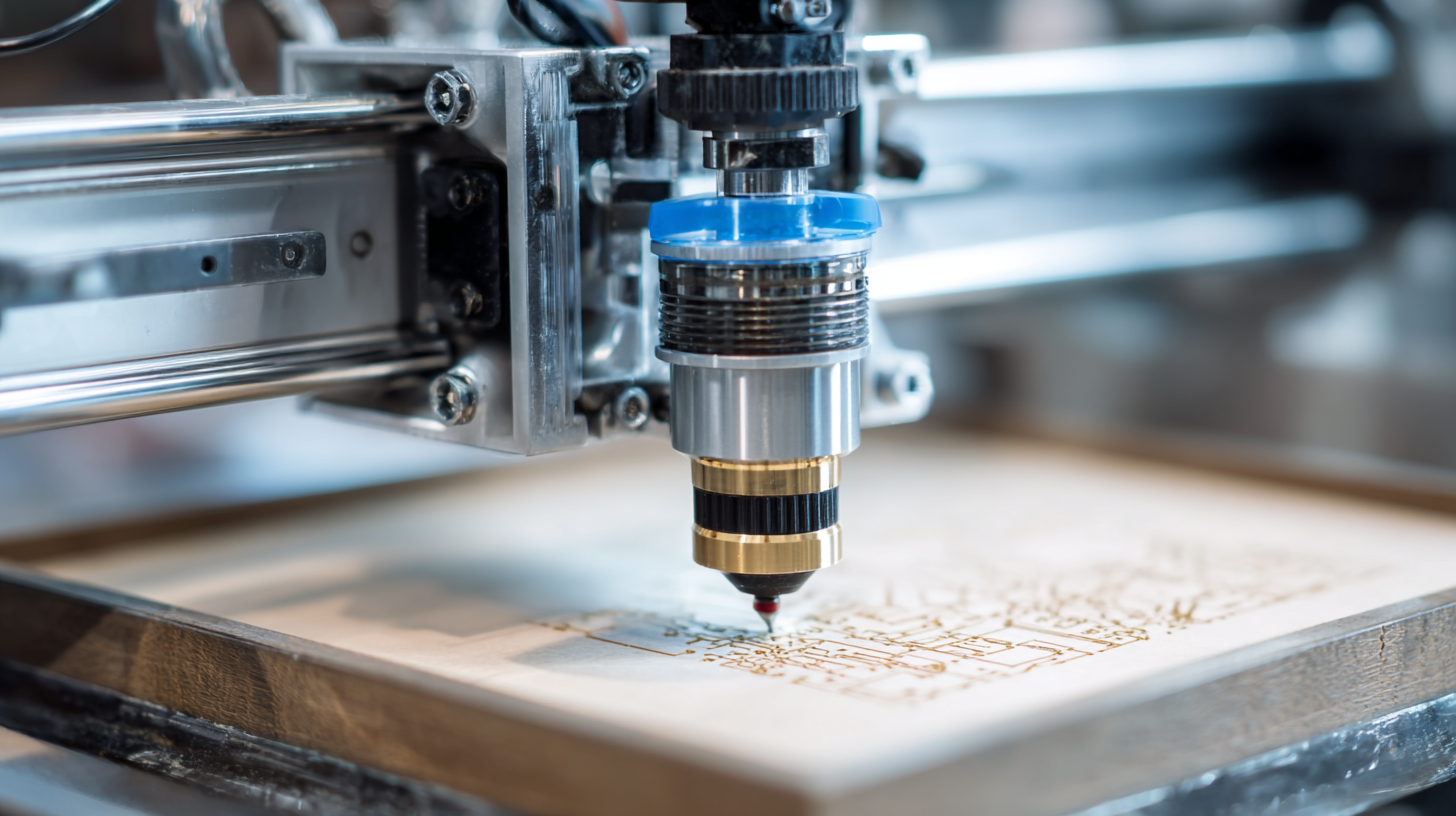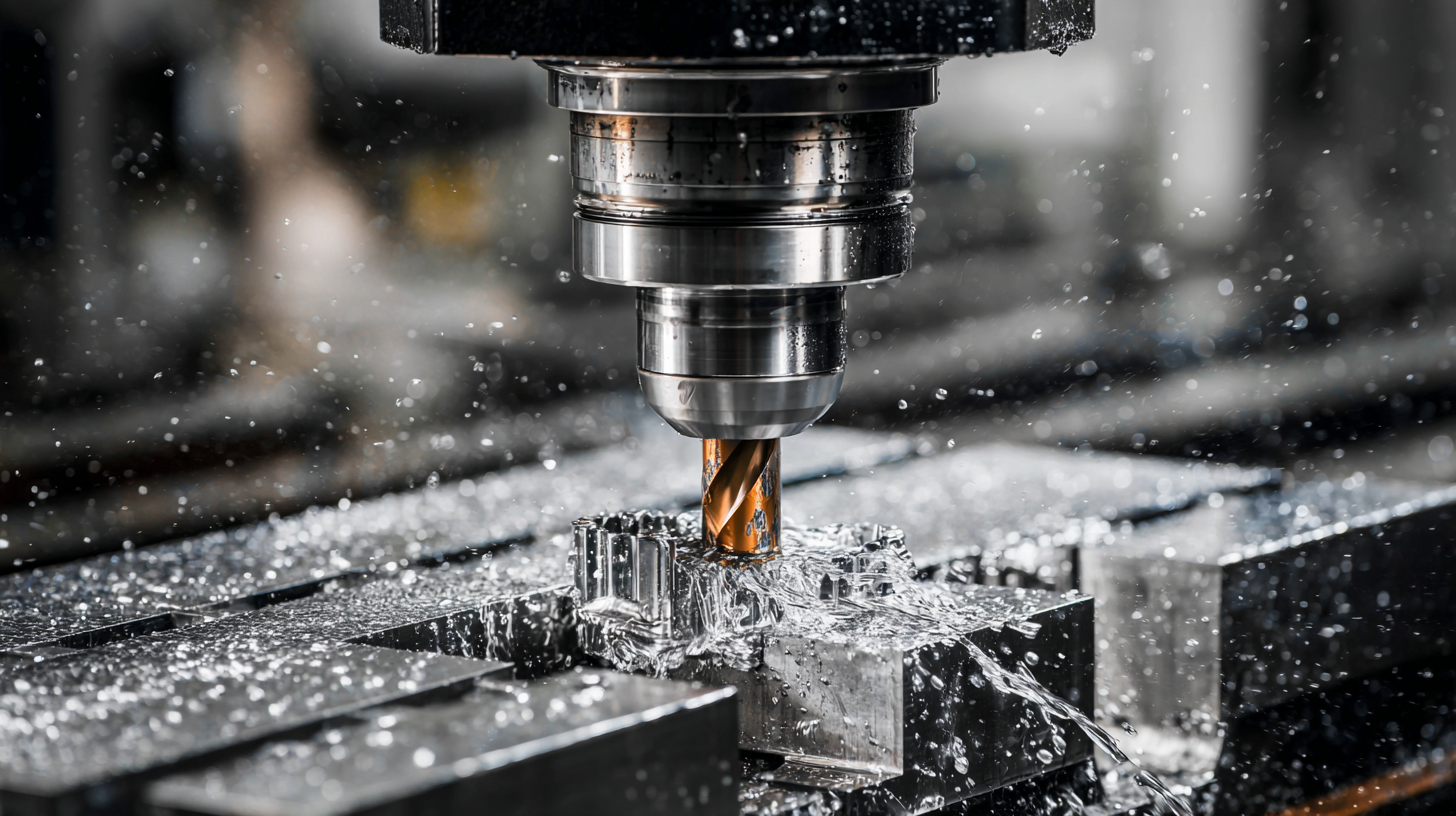The Future of Precision Engineering: Revolutionizing Manufacturing with the Best Desktop CNC Mills
The landscape of precision engineering is rapidly evolving, reshaping the future of manufacturing as we approach 2025. With advancements in technology and the growing demand for customized solutions, the role of desktop CNC mills has become increasingly significant. These compact yet powerful machines are not only making high-precision manufacturing accessible to small businesses and hobbyists but are also revolutionizing traditional production methods.

In this blog, we will explore the market analysis for precision engineering in 2025, highlighting the impact of digital technologies on manufacturing processes. We will also provide valuable tips on choosing the best desktop CNC mill to enhance your production capabilities.
Join us as we delve into how these innovations are set to transform the industry and elevate efficiency in the manufacturing sector.
The Evolution of Desktop CNC Mills in Precision Engineering
The evolution of desktop CNC mills has significantly transformed the landscape of precision engineering, making advanced manufacturing accessible to both professionals and hobbyists. According to a report by Research and Markets, the global CNC machining market is expected to grow from $64.95 billion in 2021 to $95.14 billion by 2026, highlighting the surging demand for precision tools. Desktop CNC mills have democratized this technology, enabling small-scale manufacturers and enthusiasts to produce high-quality components with precision previously reserved for larger industrial machines.

Over the last decade, desktop CNC mills have witnessed substantial advancements in technology, with innovations in software automation and machine durability. A recent survey by IBISWorld revealed that the CNC machining industry has seen a compound annual growth rate (CAGR) of 5.5% over the past five years. This growth can be attributed to enhanced capabilities in desktop CNC mills, including improved milling speeds, increased accuracy, and user-friendly interfaces that accommodate complex designs. As these tools become more sophisticated, they empower a new generation of engineers and makers to push the boundaries of what's possible in precision engineering.
Key Features to Look for in Top Desktop CNC Milling Machines
The landscape of precision engineering is being transformed by the advent of desktop CNC mills, which offer both versatility and efficiency in manufacturing. When selecting the best desktop CNC milling machine, there are several key features that stand out. According to a report by MarketsandMarkets, the global CNC machining market is projected to reach $100 billion by 2025, highlighting the increasing importance of advanced manufacturing technologies.
One of the most critical features to consider is the machine's accuracy and resolution. High-quality desktop CNC mills often come equipped with enhanced stepper or servo motors, providing precision down to the micron level. In addition, a robust software interface that supports multiple CAD formats can greatly enhance productivity. As noted in a study by Technavio, advancements in software integration for CNC machines are anticipated to drive market growth by approximately 5% annually.
Another vital factor is the machine's material compatibility. The best desktop CNC mills are designed to work with a variety of materials, including metals, plastics, and composites. This versatility is crucial in modern manufacturing environments, where the demand for customized solutions continues to rise. A report from Allied Market Research indicates that the customization trend is expected to expand the CNC machine market significantly, underscoring the need for more adaptable milling machines that cater to diverse industry requirements.
Comparative Analysis: Leading Brands in Desktop CNC Mills
As precision engineering continues to evolve, the role of desktop CNC mills in manufacturing becomes increasingly significant. A recent report by MarketsandMarkets indicates that the global CNC market is expected to grow from $74.70 billion in 2020 to $100.69 billion by 2026, indicating a compound annual growth rate (CAGR) of 5.3%. This growth can be attributed to the rising demand for customized solutions across various industries, including aerospace, automotive, and electronics. Among the leading brands, Tormach and Shapeoko stand out for their precision, affordability, and ease of use, providing better accessibility for small manufacturers and hobbyists alike.
When considering the purchase of a desktop CNC mill, it’s essential to evaluate the specifications and capabilities of various brands. Brands like X-Carve and Carbide 3D are popular due to their robust community support and versatile software compatibility. According to a 2021 survey by the Association for Manufacturing Technology, approximately 40% of CNC users reported that cost-effectiveness and software ease of use were their primary criteria for selection.
**Tip:** Before purchasing, consider your specific requirements, such as materials you’ll be working with and the complexity of projects. This will help narrow down the best options for your precision engineering needs. **Tip:** Joining online forums can provide valuable insights and user experiences, enhancing your decision-making process.
The Future of Precision Engineering: Revolutionizing Manufacturing with the Best Desktop CNC Mills
| Specification | Model A | Model B | Model C |
|---|---|---|---|
| Working Area (mm) | 300 x 200 | 400 x 300 | 500 x 400 |
| Precision (mm) | 0.01 | 0.005 | 0.001 |
| Max Spindle Speed (RPM) | 12000 | 15000 | 20000 |
| Weight (kg) | 35 | 50 | 70 |
| Price (USD) | 1500 | 2500 | 3500 |
Real-World Applications of Desktop CNC Mills in Modern Manufacturing
As the manufacturing landscape evolves, desktop CNC mills are becoming increasingly integral to precision engineering. According to a report from Market Research Future, the global CNC machine market is expected to reach $100 billion by 2025, a clear indication of the growing demand for precision manufacturing technology. These versatile machines are not just for large-scale operations; they are now accessible to small businesses and even hobbyists, making high-quality production more attainable than ever.

Real-world applications of desktop CNC mills illustrate their transformative potential in various sectors. For instance, in prototyping, companies can utilize these machines to create intricate designs quickly, significantly reducing lead times and costs. A study published by Grand View Research highlighted that the rapid prototyping market is expected to grow at a compound annual growth rate (CAGR) of 15% from 2021 to 2028, driven largely by advancements in CNC technologies. Furthermore, in the aerospace industry, precision engineering through desktop CNC mills enables the fabrication of lightweight, complex components, contributing to overall fuel efficiency—a critical factor in today's eco-conscious market.
Future Trends in Desktop CNC Technology and Its Impact on Industry
The potential of desktop CNC technology is rapidly reshaping the manufacturing landscape. As industries intersect with advancements in precision engineering, we are witnessing a pivotal shift towards more localized and accessible manufacturing solutions. Companies are increasingly adopting compact CNC mills to meet the rigorous demands of production while maintaining a focus on quality and efficiency. This trend is driven by the necessity for precision machining that can adapt quickly to the fast-paced requirements of various sectors, particularly as investments in digital manufacturing technologies soar.
In this evolving environment, the integration of emerging technologies enhances the functionality and capability of desktop CNC machines. Features incorporating artificial intelligence and machine learning are becoming more common, improving efficiency and accuracy. Additionally, as we approach 2024 and beyond, the growing importance of sustainability in manufacturing is leading to innovations that prioritize eco-friendly practices. With industry experts forecasting significant growth in the 3D printing and additive manufacturing spheres, the synergy between these technologies promises to redefine what is possible in precision engineering, paving the way for a new era of manufacturing excellence.
 English
English  Česká republika
Česká republika Deutsch
Deutsch Dutch
Dutch Polska
Polska

